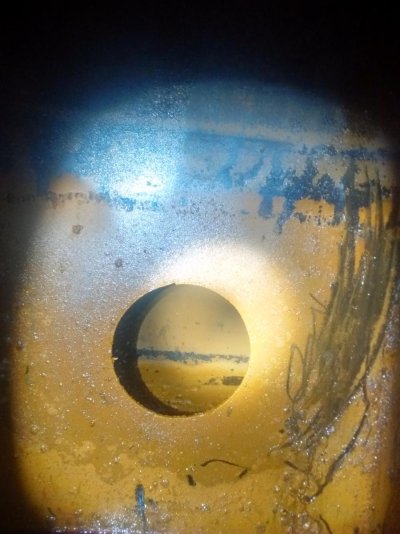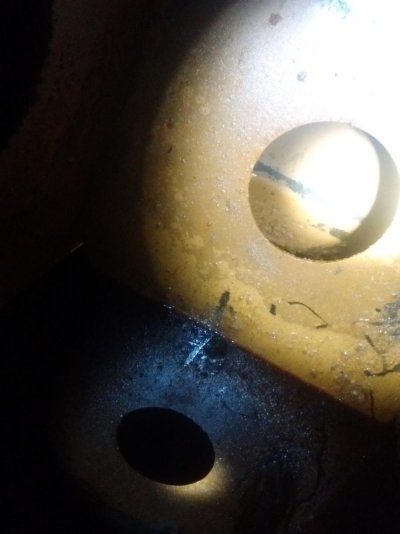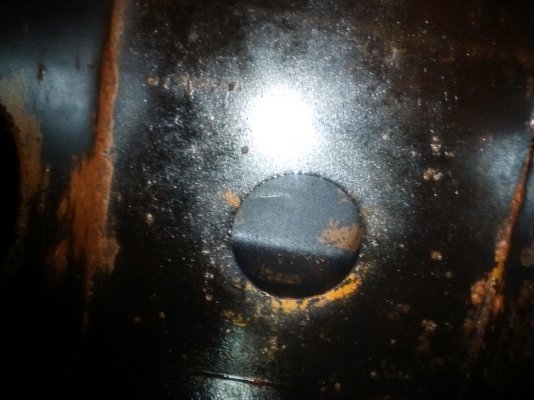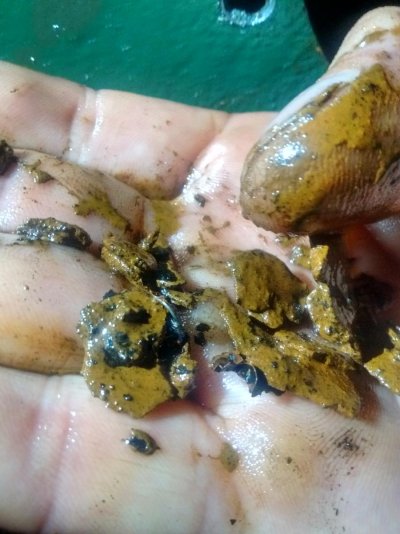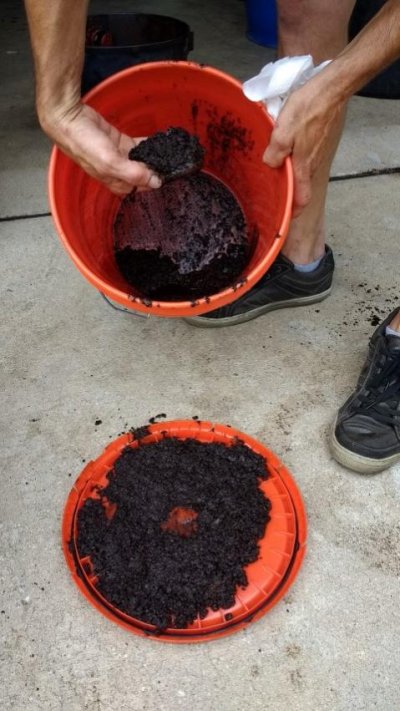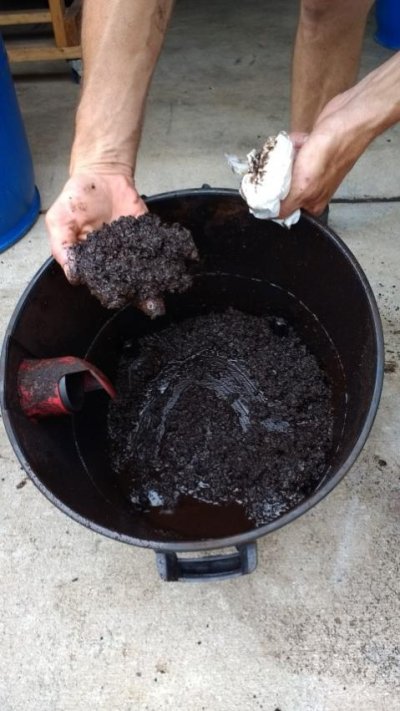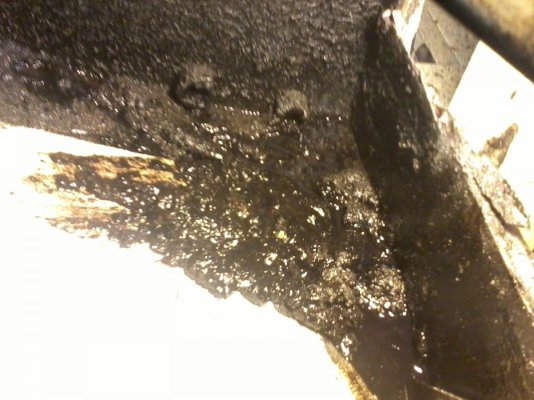Water in Fuel Tank
All of the remedies, potential leak-points, etc make sense to me and I'll 2nd and 3rd those recommendations (not that my "endorsement" matters...just starting off by saying that I'm not disagreeing with any of the contributions here)
Having said that, I'm a little suspicious of the following:
- the PO's explanation about the tank being empty for 5 months. Something's up there. Who leaves a fuel tank bone dry? Why?
- The surveyor. Nothing came up? Nothing about potential leaks at the fill points or the top of the tank? No comment about the tank(s) or the decks? Did you go out and run the boat before purchasing? It seems unlikely that you wouldn't have discovered that a tank was all-water. I bought a sailboat about 10 years ago and the broker and I spent a good 3 hours running the engine hard (WOT), all sails up and down, stove, head, sinks, bilge pumps, electronics, lights, etc, etc. It was in good shape but still...and that was BEFORE the survey.
- Your diesel source. Is 18 gal not enough to show on your fuel guage for that tank? I realize that's only about 5% of the tank's capacity but the reason Im asking is that when you filled up, do you have any way of knowing how much "fuel" you pumped into that tank? Because if you pumped in 300 gallons, you got the water during that fill-up. Do you recall which side you filled first and how much you pumped per side? It's not at all unheard of to buy diesel out of a tank with a bunch of water in it. And the 'dirty brown water' comment makes me wonder...are your tanks rusty inside? Rain water isn't typically going to be dirty brown. Anyway, I've always tried to buy from places that move a lot of diesel every day. Was your source a place that sells a lot of diesel?
All of this is a good lesson about fuel supply on board. Without a separate tank somewhere on board, bad fuel puts you totally out of commission. Your mains, your wing engine, genset, etc. all go down together. Can be very, very expensive if the water gets to the engines. I don't know if I'd invest in a FP system - that boat's been around a long time without one - but I'd make what's there bullet proof.

